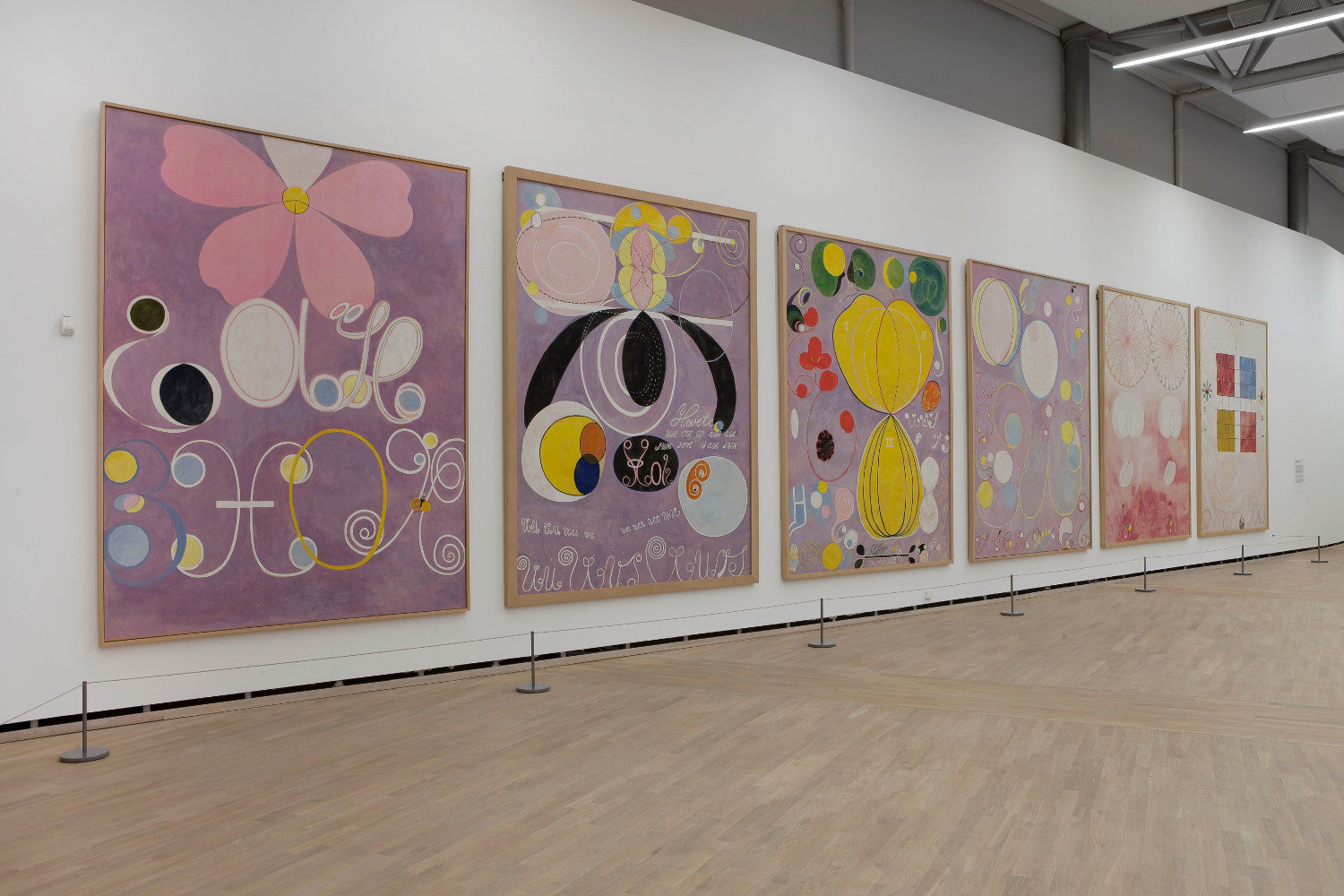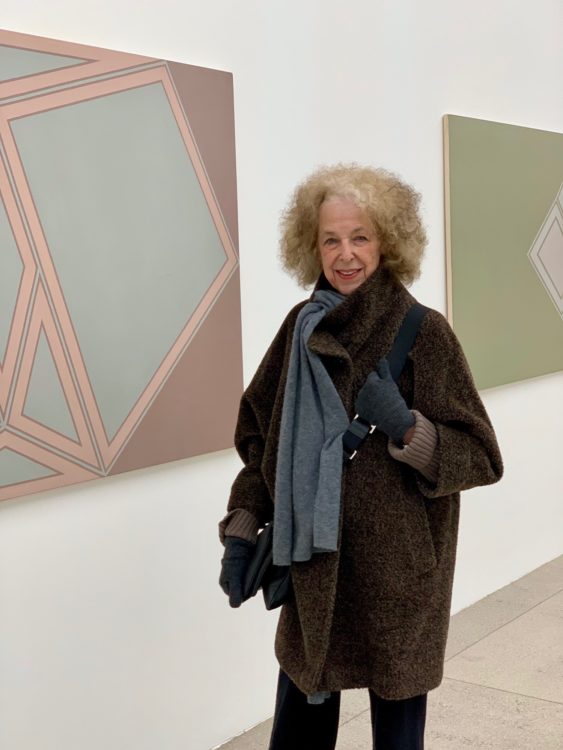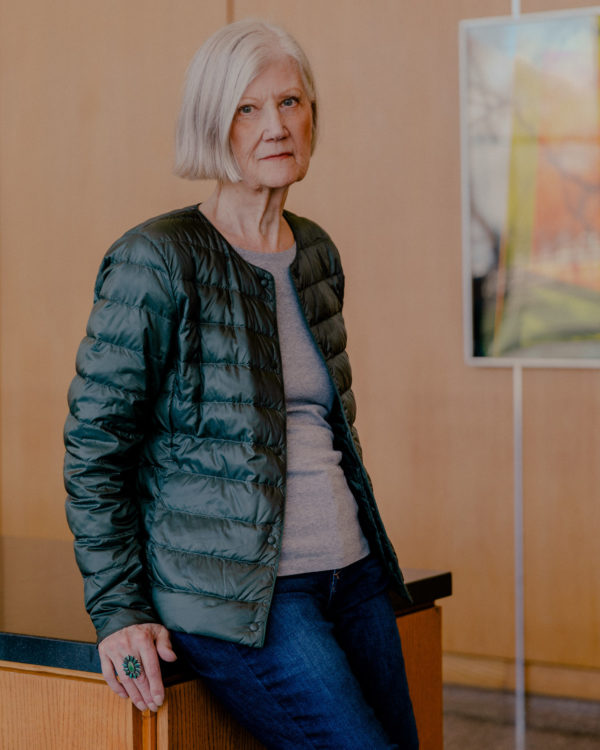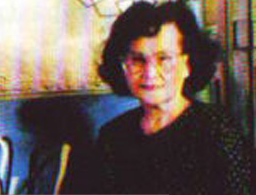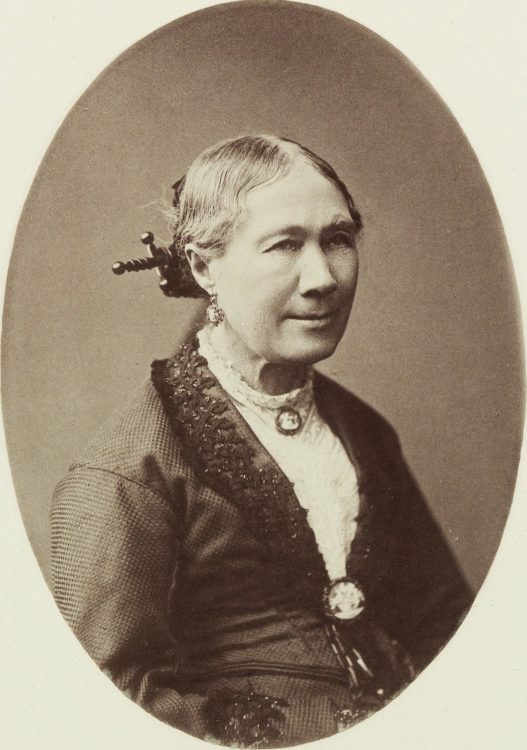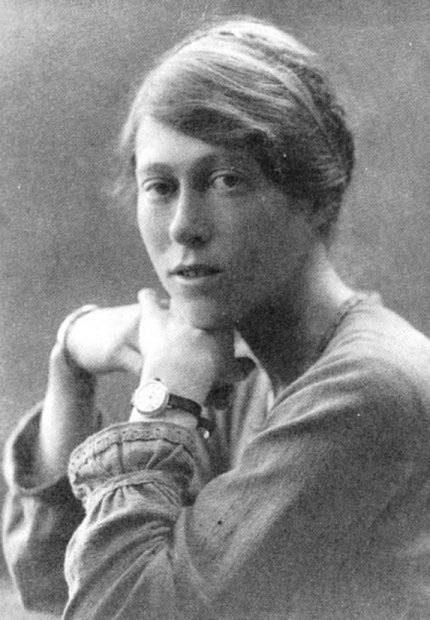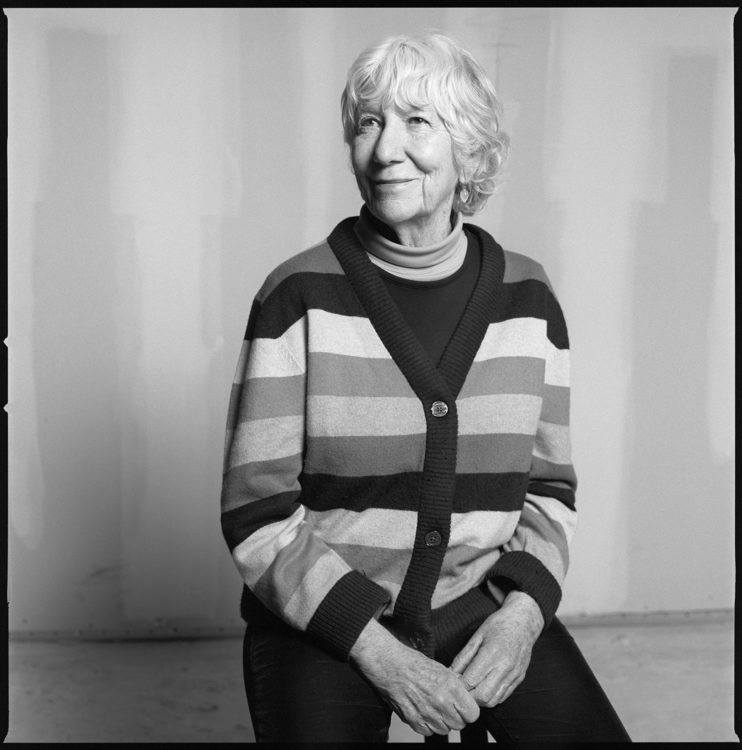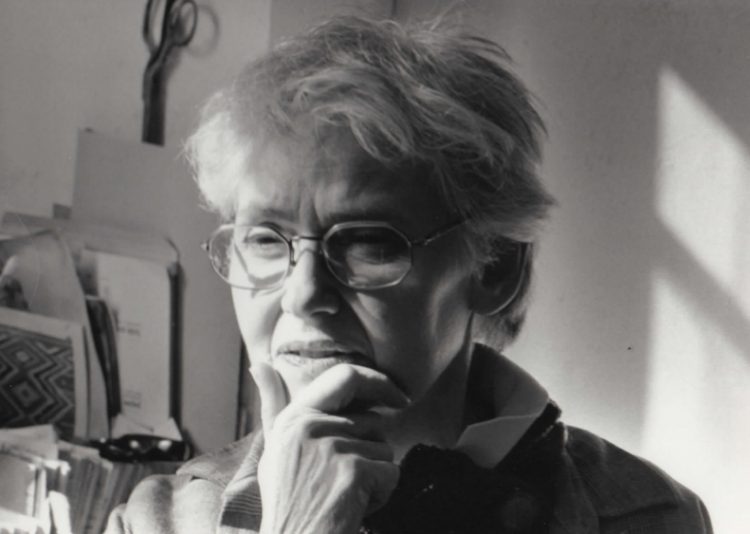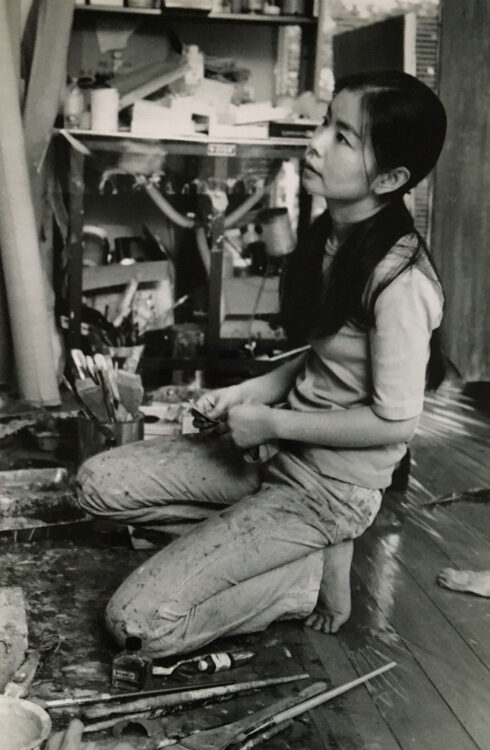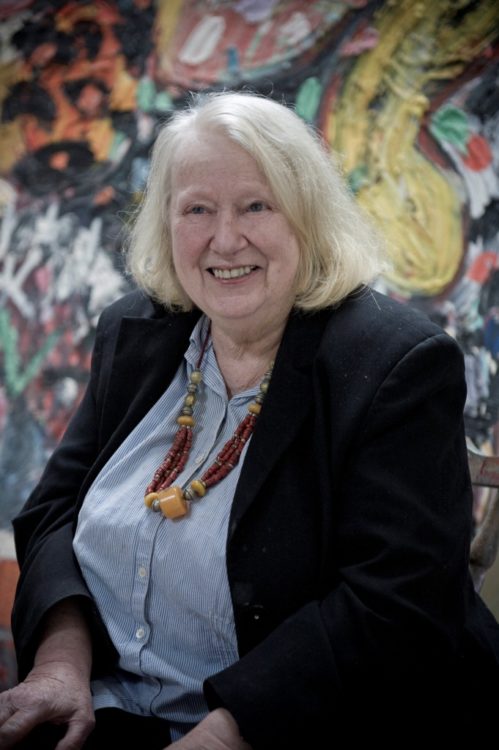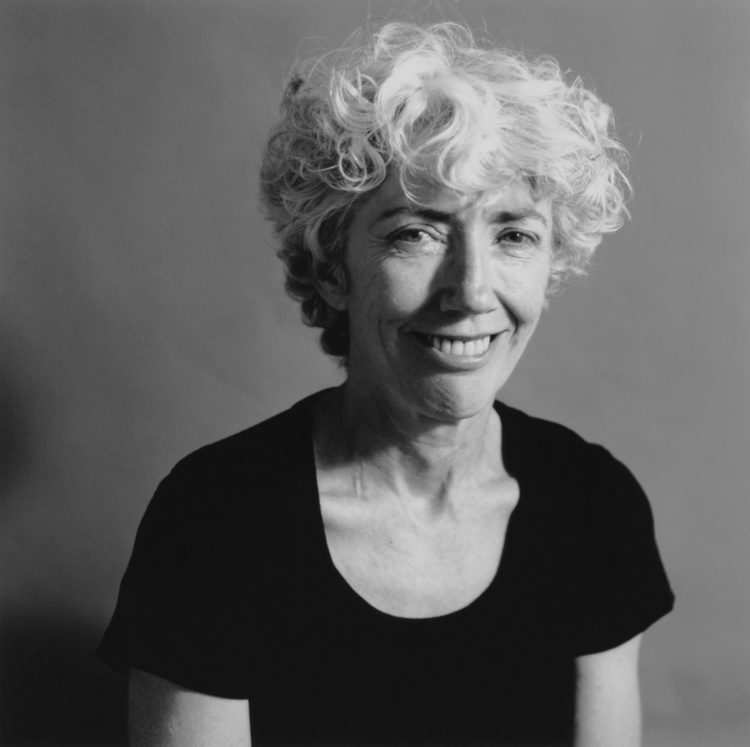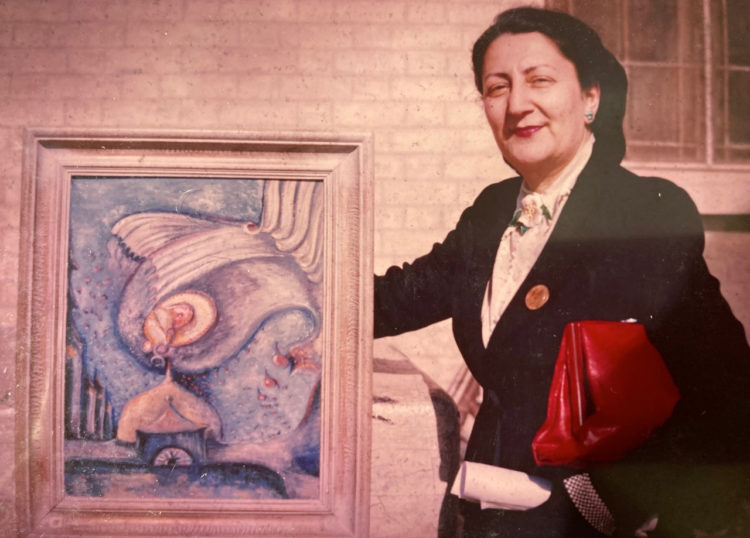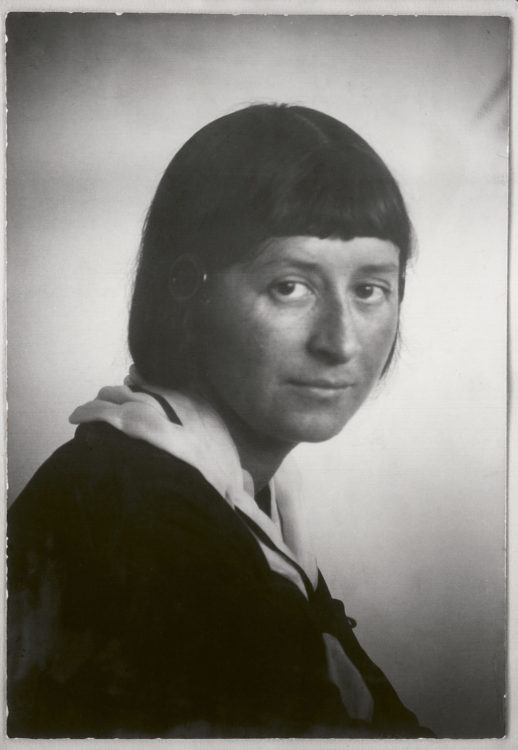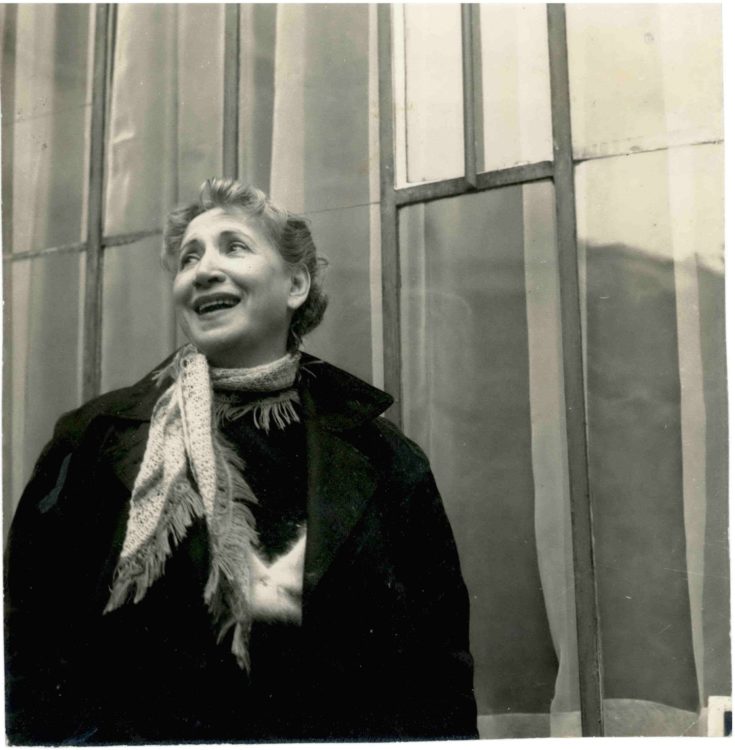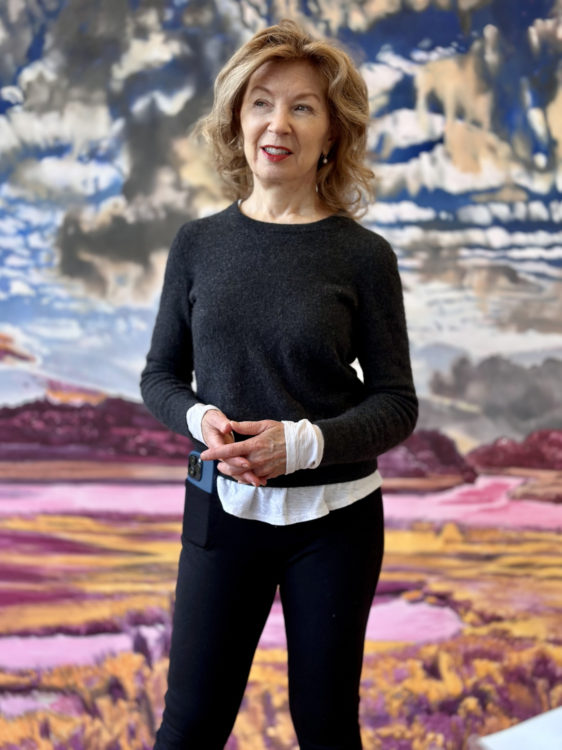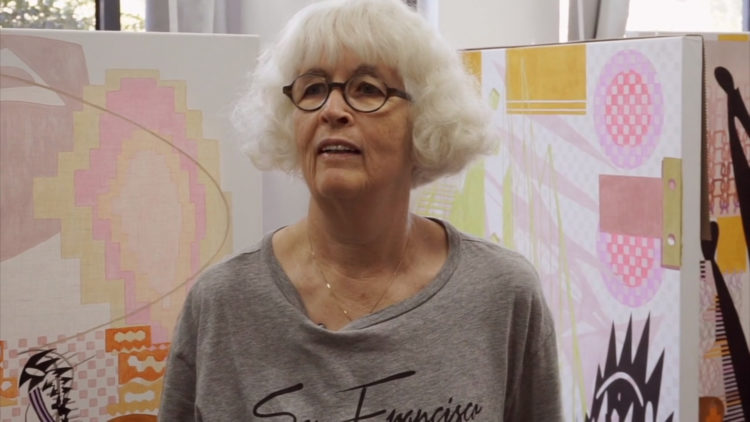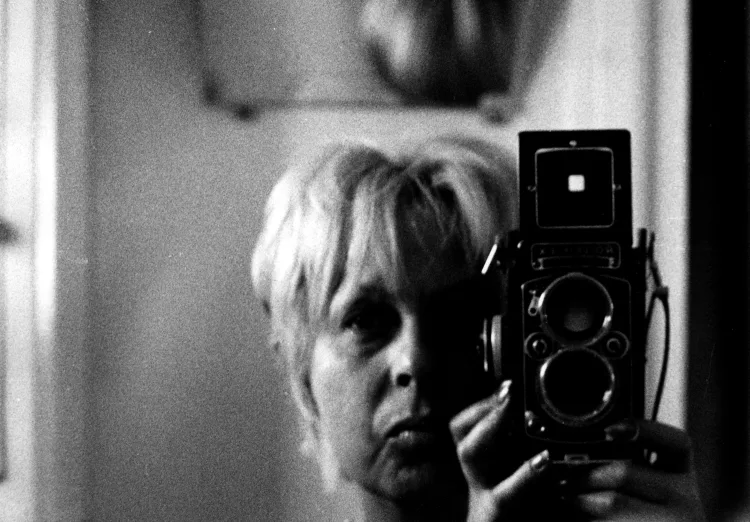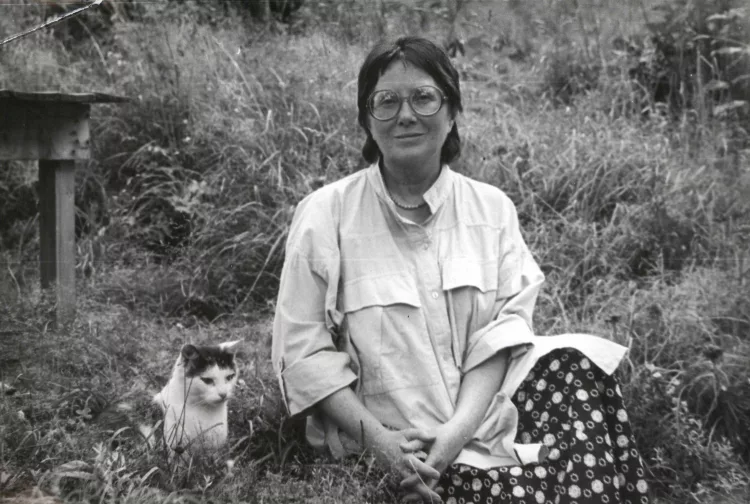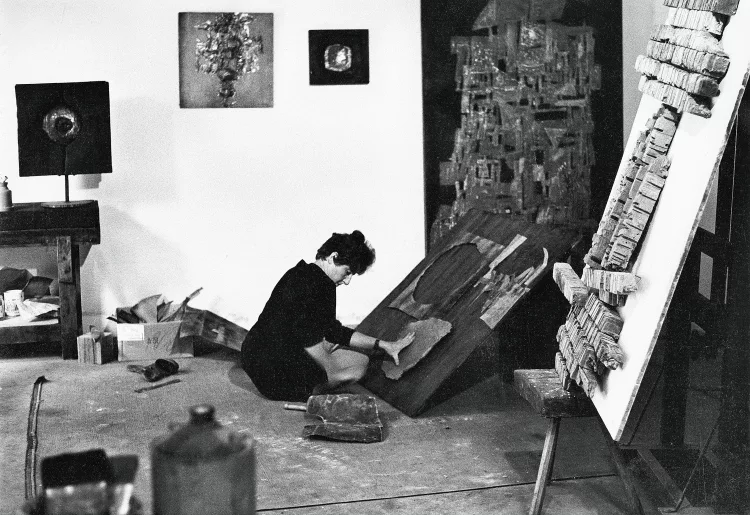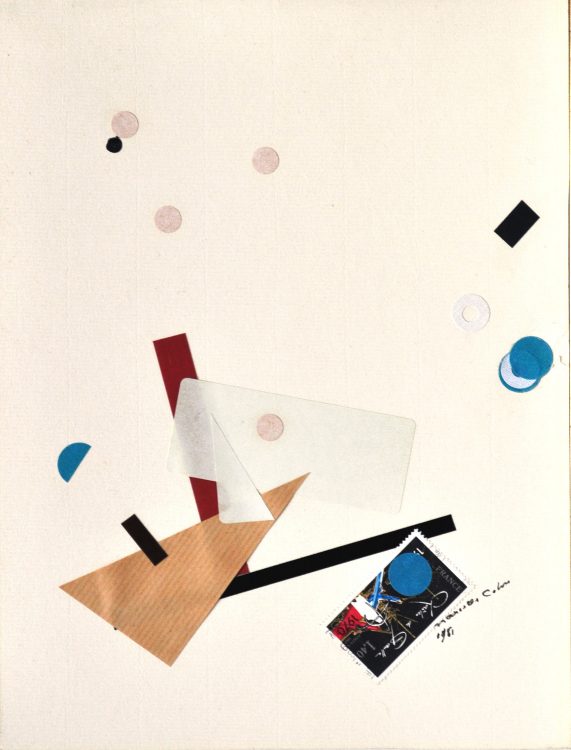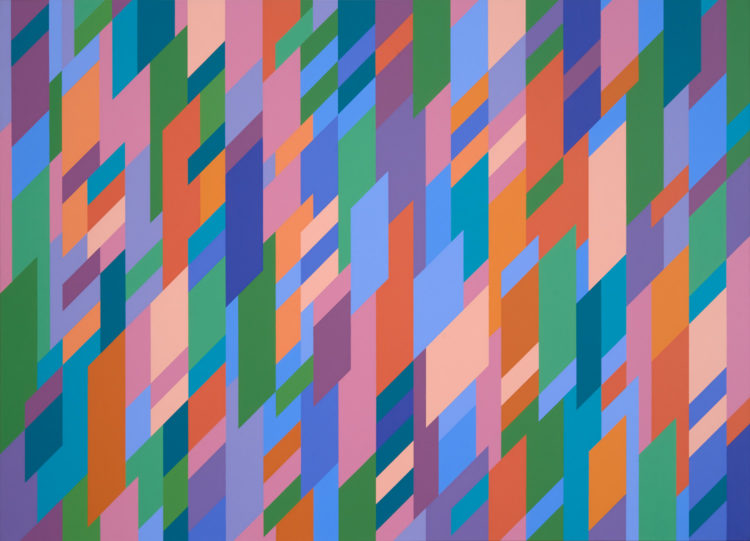Review
For more than a year now, an exhibition has been travelling all over Europe, introducing the work of an artist who, in many ways, may singlehandedly have rewritten a chapter of art history. After Stockholm, Berlin, Málaga, Copenhagen, Tallin, the Hilma af Klint: A Pioneer of Abstraction exhibition is now on display at Serpentine Gallery in London, after Oslo.
First discovered in Los Angeles in 1986 (The Spiritual in Art, Abstract Painting, 1890–1985), then at the Venice Biennale in 2013, Hilma af Klint’s work developed an abstract pictorial language as early as 1906, thus long before Wassily Kandinsky, Piet Mondrian, Kazimir Malevitch, or Frantiseck Kupka, widely considered to have been the inventors of abstract art.

Exhibition view, Hilma af Klint, © Rights reserved

Exhibition view, Hilma af Klint, © Rights reserved
Born in Stockholm in 1862 in one of the rare countries that allowed women to receive an art education, Klint studied at Stockholm’s Royal Academy of Art, with a focus on landscape and portrait painting. That’s when she met Rudolf Steiner, founder of the Anthroposophical Society, who introduced her to spiritualism.
In 1906, at the age of 44, guided by spirits steering her hand with invisible forces, Klint starts painting a series of abstract and symbolic paintings, the rational manifestation of esoteric beliefs translating the expression of the soul or the geometry of the universe. Her magnum opus, Paintings for the Temple, on which she worked for about a decade, is made up of 193 paintings divided into sub-series. The paintings from The Ten Largest series, completed in 1907, were about the four main stages of life: Childhood, Adolescence, Adulthood, and Old Age. Consisting of dots, lines, circles, and ornamental flourishes, these paintings are remarkable for their balanced geometrical composition, harmonious colours, and monumental size, rather exceptional for the time.

Exhibition view, Hilma af Klint, © Rights reserved
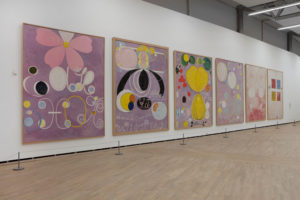
Exhibition view, Hilma af Klint, © Rights reserved
Upon completion of her grand scale series, Hilma af Klint kept working, now free of her spiritual guides, creating increasingly geometric abstract drawings inspired by religious or scientific concepts.
Each painting is documented in one of the 125 notebooks the artist left behind, several of which were on display in Oslo.
Ahead of her time, Klint gave birth to an ambitious abstract art that she hid from her contemporaries for fear of her creative process being misunderstood. She therefore bequeathed her entire body of work to her nephew, Erik af Klint, insisting that none of it be unveiled until 20 years after her death in 1944.
At Henie Onstad Kunstcenter, Oslo, 2 October 2015 – 3 January 2016.
At Serpentine Gallery, London, 3 March 2016 – 15 May 2016.
